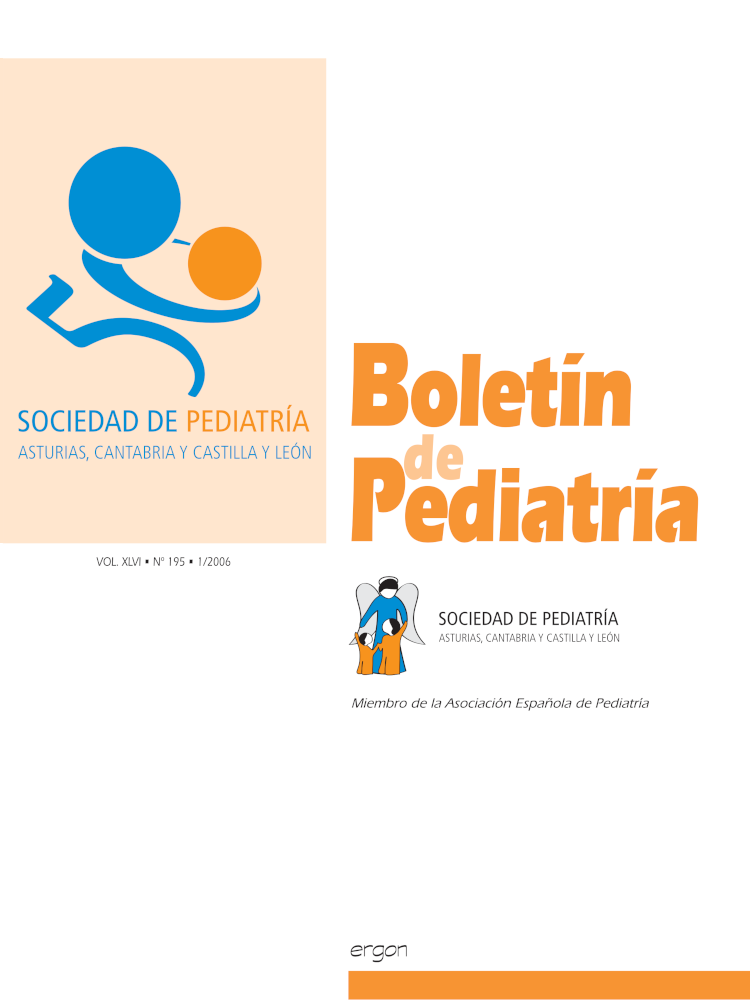Abstract
Dental caries is one of the most prevalent pathologies in the developed world; they affect more than two thirds of 12-year-old children. The diagnosis during the initial phase of tooth demineralization allows the implementation of preventive and therapeutic measures that often revert the process before the macroscopic damage appears. This article offers a review of the diagnosis of dental caries with special emphasis on the different techniques available, those more commonly used (clinical exploration, radiological exploration, DIAGNOdent®) as well as others that, although being less frequent, can still contribute to detection (transillumination, electronic detection, light-induced fluorescence analysis, etc.) Additionally, we review the existing literature in order to determine the efficacy of these different systems by measuring their sensitivity and specificity. In any case, clinical judgment based on clinical history, visual inspection and radiological findings is still the most important factor for high-quality attention. New technologies may bring additional information, but they still cannot replace traditional methods in the diagnosis of caries.

This work is licensed under a Creative Commons Attribution-NonCommercial 4.0 International License.
Copyright (c) 2006 Boletín de Pediatría
